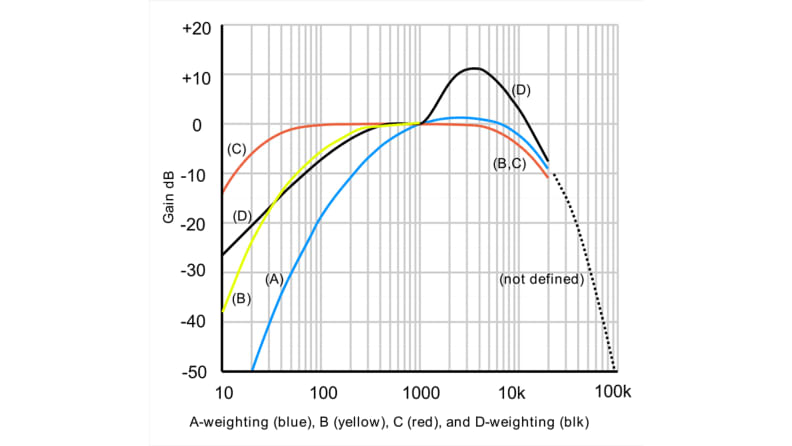Buying a new dishwasher? Here's how to know how loud it is
Inside the appliance industry's quest for a quieter kitchen.
 Credit:
Reviewed
Credit:
Reviewed
Recommendations are independently chosen by Reviewed's editors. Purchases made through the links below may earn us and our publishing partners a commission. Prices were accurate at the time this article was published but may change over time.
Twenty or 30 years ago, most dishwashers were far from quiet. Very few had any feature designed to muffle the sounds coming from inside, and the sounds themselves were louder, due to their built-in macerators. If you’ve ever wondered why an old dishwasher was almost as loud as your garbage disposal, it’s because it was using one.
More recently, however, the dishwasher space has changed. Where older models averaged about 60 decibels—just below the sound level of a vacuum—modern dishwashers average between 45 to 50 decibels, which is about as loud as typing on a keyboard. It’s not completely silent, but also not loud enough to wake someone up.
Decibel A-weighting: The best tool for measuring loudness

Decibel A-weighting gives loudness ratings that are more closely scaled to the sensitivities of the human ear.
To understand how dishwashers went from being about as loud as a vacuum cleaner to being so quiet they wouldn’t get kicked out of a library, we first need to talk about dBA (decibel A-weighting).
You’ve probably heard of decibels or dB before—that’s the logarithmic unit of measurement to determine loudness.
A dBA rating is more or less the same, only it takes a more human-forward approach: It puts more weight on the sounds our ears are most sensitive to, and de-emphasizes sounds our ears have more trouble picking up.
Basically, the dBA scale is a more intuitive and helpful way to determine what we’re more likely to perceive as loud and quiet.
How do I know I can trust manufacturer-supplied dBA measurements?
Unlike other manufacturer-supplied metrics (looking at you refrigerator capacity measurements), you can trust stated dBA measurements: They’re all measured by an third-party, Owens Corning.
Owens Corning has labs dedicated to accurately measuring how loud a given appliance is and decades of experience doing so.
What dBA levels should my dishwasher have?

Most stainless steel dishwashers will have dBA levels below 50, which you won’t be able to hear at all outside of the room, and inside the room it should only be a low white noise drone.
As stated before, anything under 50 dBA will be quiet. Anything under 40dB would be barely audible.
Basically, every stainless steel dishwasher is going to run at less than 50 dBA and most of them will run under or around 40 dBA. Technology has essentially made the noisy dishwasher obsolete.
That’s it. Fortunately this is one issue that isn’t particularly complicated.
Where things get complicated: The dBA arms race

While companies will continue to boast about their sub-40 dBA volumes, for the average consumer they’re not worth paying a premium over.
Unfortunately, despite having fairly clear delineations around what acceptable noise levels are, there’s an ongoing push to produce the quietest dishwasher possible.
Many manufacturers’ internal research has shown that “loudness” is one of the major concerns of prospective purchasers, despite essentially zero modern machines having a problem in this area. The result is a parade of ever-quieter dishwashers, pushing down decibel levels in the same way athletes might try to push down the world record time for a lap.
While it does make sense that quieter is better, once you get below the volume of a whisper, you start to see diminishing returns: If you can’t hear it outside of your kitchen and can barely hear it inside, do you really need something quieter?
The problem is, while quietness might have diminishing returns, the investment necessary to shave down dBA trends in the opposite direction. The price difference between a lower dBA dishwasher and an average dishwasher can be hundreds of dollars, but you won’t be getting much in terms of a perceptible difference—unless, of course, you’re sitting with your ear to the dishwasher’s door.
The take-away: Don’t pay hundreds of dollars for a negligible reduction in noise
While every individual will place different value on how quiet their dishwasher is, we’ve definitely entered a territory that’s similar to the high-end headphone market, where small improvement in clarity can double or triple a high-end set’s price tag.
Is there a difference between the cheap option and the expensive one? Demonstrably so, but even then it’s likely to be minor and likely requires a trained ear to hear.
Again, if you want a quiet dishwasher, aim for something in the 40 dBA to 50 dBA range—for example, the Miele G 5266 SCVi SFP and Bosch SGX78B55UC/13. As you’re comparing prices, keep in mind that we’re often talking about differences in volume between two whispers. It’s negligible, and the prices involved should reflect that.
The product experts at Reviewed have all your shopping needs covered. Follow Reviewed on Facebook, Twitter, Instagram, TikTok, or Flipboard for the latest deals, product reviews, and more.
Prices were accurate at the time this article was published but may change over time.






